You must have heard of the term called Blockchain Technology several
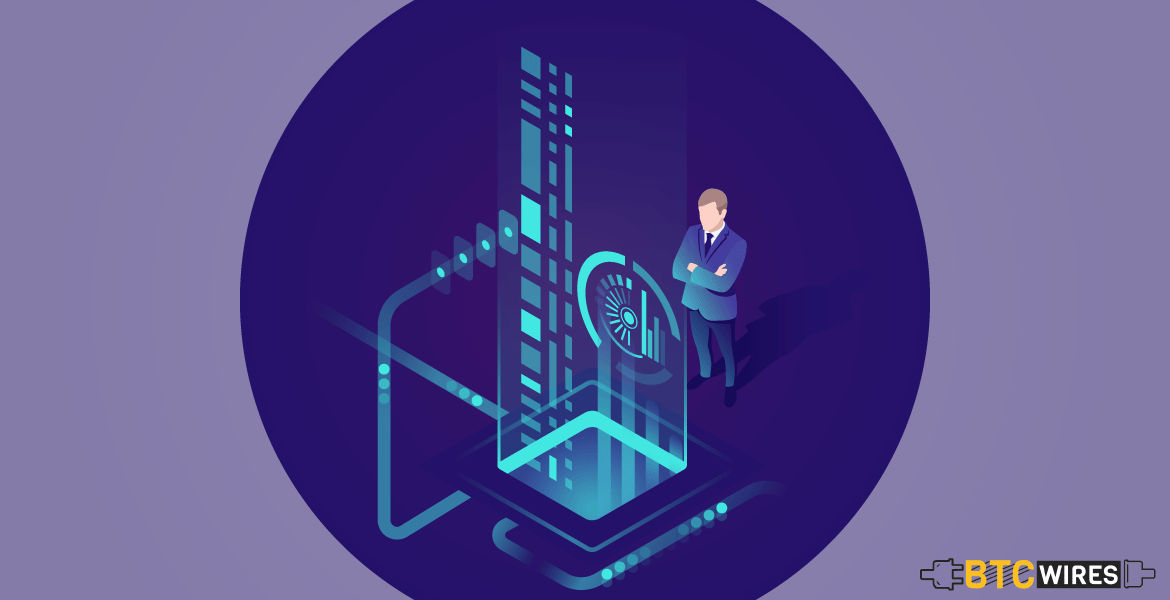
You must have heard of the term called Blockchain Technology several times in a while. This unique technology is a critical element of cryptocurrencies. Without Blockchain, cryptocurrencies, such as Bitcoin wouldn’t exist. To get a glance over its significance, you should check out Bitcoin Economy.
In case you are new to blockchain technology, then this guide is going to be the best to get yourself started. And if you are a seasoned trader, then you will learn a thing or two that you haven’t learned by far.
Blockchain Flash Back
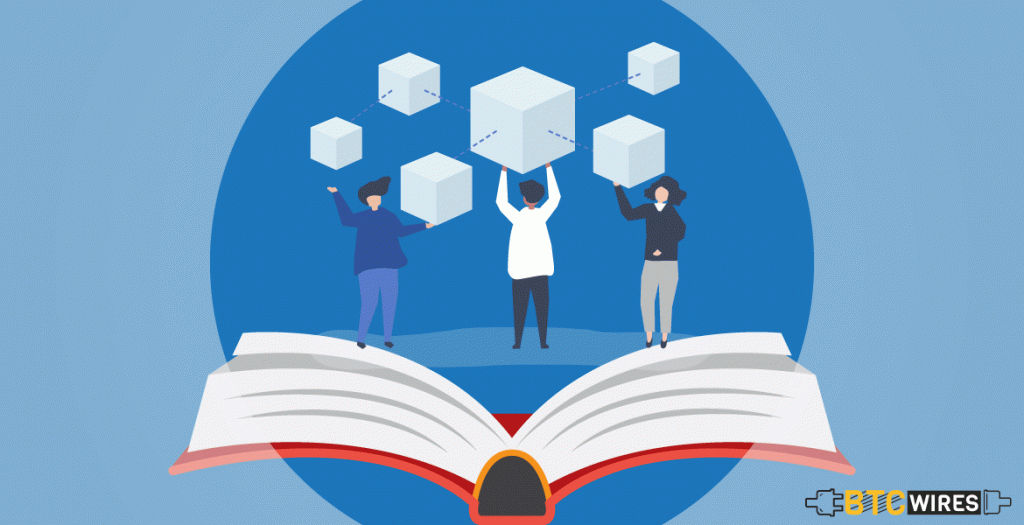
To start with, let’s first talk about the history of the blockchain. Before the technology was ever used in cryptocurrency, it had modest beginnings as a concept in computer science in the domains of cryptography and data structures in particular.
The primitive form for the technology was the hash tree, which is often referred to as a Merkle tree. Ralph Merkle patented this data structure in 1979 which functions by verifying as well as handling the data between the systems. In a P2P network of computer, validating the data was essential to make sure that nothing was changed or altered during the transfer. Also, it helped to make sure that the false data was not sent. It’s used to maintain and prove the integrity in the essence of data being shared.
The Merkle Tree, in 1991, was used to create a “secured chain of blocks.” This chain of blocks is a series of data records, each one connected to the one from the previous one. The chain’s newest record would contain the history of the whole chain of blocks. Thus, the technology, called blockchain, came into light.
2008 was the year when Satoshi Nakamoto (a pseudonym of either a person or a group of people) conceptualized the distributed blockchain. It would contain a secure history of the data exchanges, use a P2P network to timestamp and verify each exchange. It could even be managed autonomously without any involvement of central authority. The technology is now a backbone of cryptocurrencies like Bitcoin. This is how the blockchain we know today was born.
How Does Blockchain Technology Work?
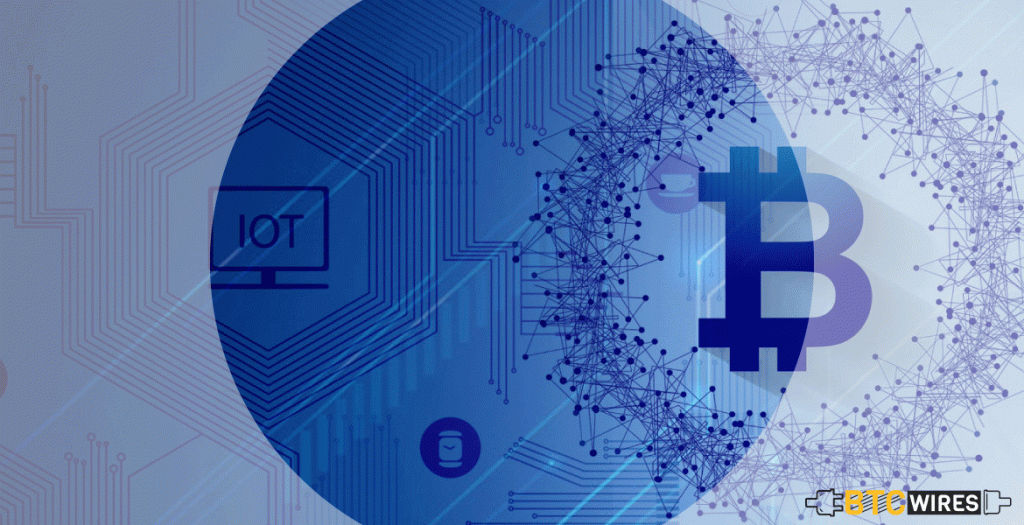
When a block stores new information, then it’s added to the blockchain. As the name implies, Blockchain consists of multiple blocks together at a time.
However for a block to be added to the chain, four things must take place –
- A Transaction Has To Occur. Let’s begin with the example of an impulsive Amazon purchase. After hastily clicking through a number of checkouts, you got against your final judgment and then make a purchase.
- That Transaction Has To Be Verified. After your purchase, your transaction needs to be verified. With other public records of information, such as Wikipedia, SEC or your local library, there’s always someone who is the in charge of vetting new data entries. However, with blockchain, that job is left up to a network of computers. These networks usually consist of thousands of computers around the globe. When you make your purchase from Amazon, then that network of computers rushes to check that your transaction took place in the way you said it did.
- Same Transaction Has To Be Stored in a Block. Once your transaction has been verified as accurate and legit, it gets the wave towards the execution. The Amazon’s digital signature, your digital signature, and the dollar amount of the transaction are all stored in a block. The transaction will likely join hundreds of thousands of others like it.
- That Block Has To Be Given a Hash. Like an angel earning its wings, a block’s transaction has to be given a unique identifying code called a hash, once all of a block’s transactions have been verified. Also, the block is given the hash of the most recent block that is added to the blockchain. Once the block is hashed, it can be added to the blockchain.
When the new block is added to the blockchain, it is publicly available for everyone to view, including you. In case you take a look at how Ethereum Blockchain is different from Bitcoin Blockchain, then you will see that you have access to the transaction data, along with the data about time, height and relayed by the block was added to the blockchain.
Trade better with altcoin crypto signals that keep you ahead of the market.
Wonderful Advantages of Blockchain Technology
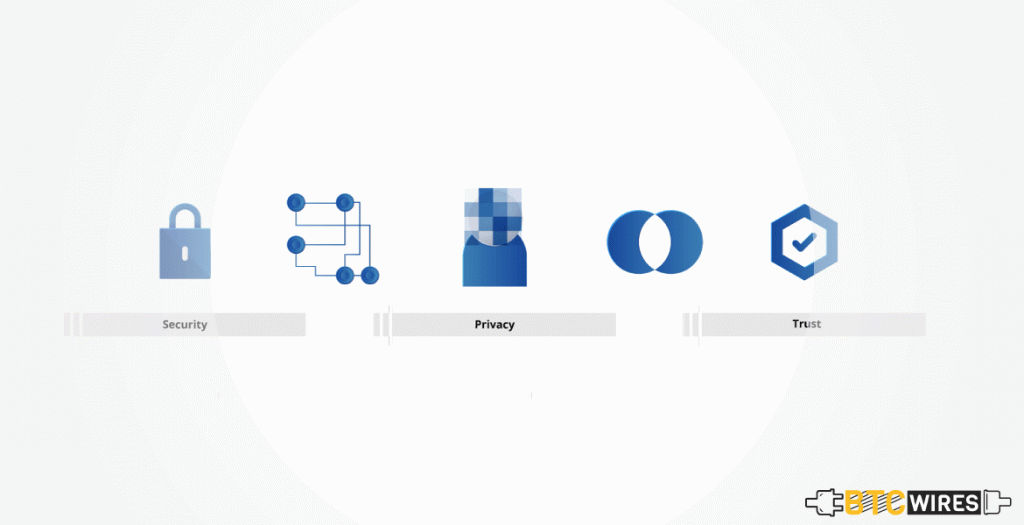
- Real-time transaction through Blockchain offers improved time effectiveness.
- Direct transactions exclude the overheads and intermediary costs usually involved.
- Lowers the risk associated with cyber crimes, tampering, and frauds.
- Offers process which is more transparent with a proper record tracking.
- Cryptographic and decentralized protocols of blockchain make it highly secured technology.
Blockchain Applications In Various Industries
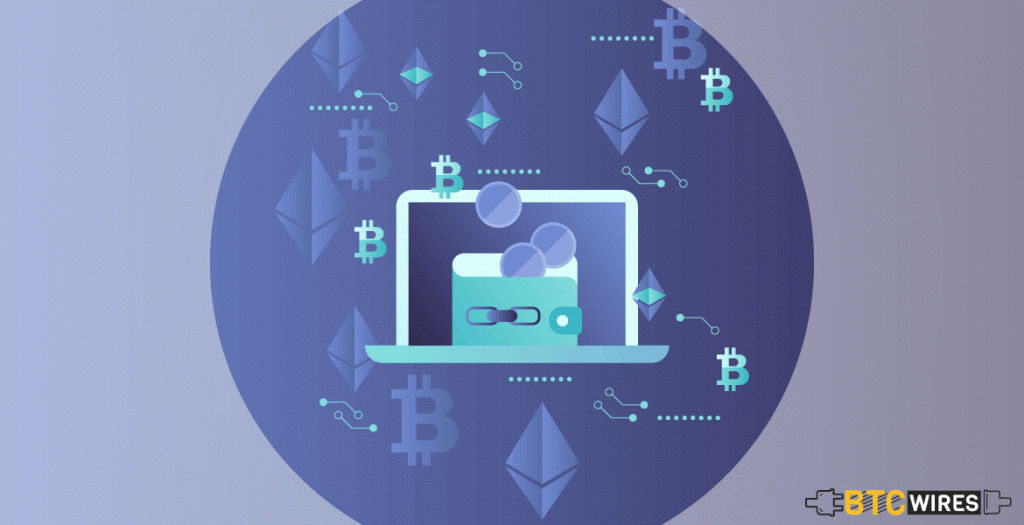
Blockchain Technology is widely being adopted in all countries, as it can be utilized in multiple industries including Agriculture, Healthcare, Education, Real Estate and Smart Contracts.
Blockchain in Agriculture
- Obviously, a standout amongst the most logical utilizations of blockchain is in the agriculture which is plagued with a couple of challenges these days. With the growing customer awareness towards food safety, blockchain application can play a vital role in dealing with various issues associated with agriculture.
Blockchain in Healthcare
- The blockchain is a champion among the most disruptive technologies which have overwhelmed the world. A blockchain is a distributed ledger or records which screens exchanges as well as exercises occurring all through the system. The most novel factor of the technology is that once a piece of information is added to the public ledger, then it’s not possible for anyone to alter it. The information put away on the blockchain framework is highly safe and secure. If anyone wants to roll out a change in one block, then it’s mandatory to make the changes to all the blocks after it.
Blockchain in Education
- That’s right! It is said that educational institutions too are either being set up to execute blockchain-based tools or leading exploration that will help with qualities and shortcomings of actualizing blockchain technology in the education to be identified. This is because the technology can help education industry in many ways, such as replacing paperwork, saving costs, and many others.
Blockchain in Real Estate
- Blockchain technology is intended to support only trusted exchanges through a mutual system. Any data put on this system can’t be ruined using any means. Along these lines, blockchain allows transactions which are completely safe and secure. Such particular qualities make this technology more useful for its use case in payments in real estate industry.
Downside of Blockchain Technology
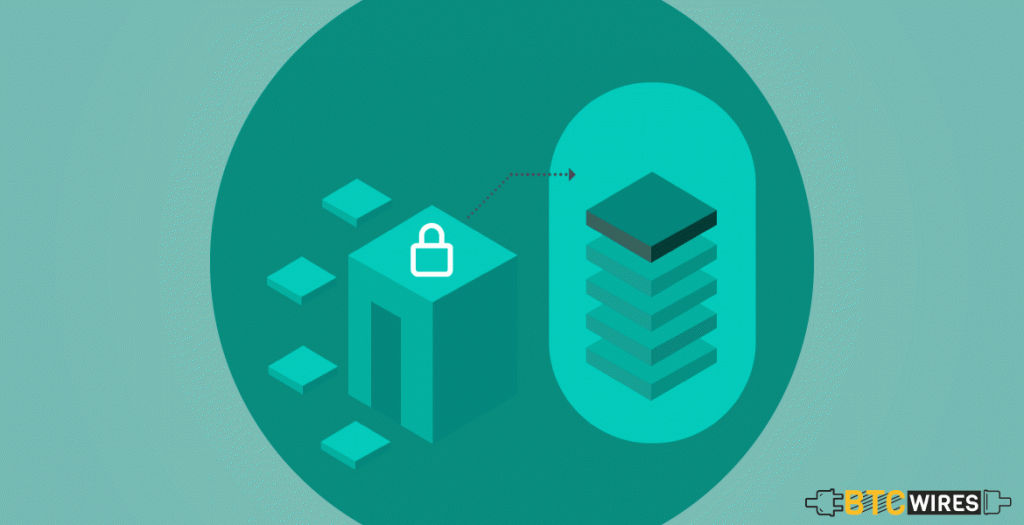
There’s always a downside of any system that’s created by humans, and even blockchain isn’t deprived with this.
Blockchain Technology too comes with a pretty steep learning curve, particularly for a typical one without a technical background. Because the computer science concepts involved with the technology may intimidate or scare away the individual through the ever-growing popularity of cryptocurrency prompts blockchain to more into the mainstream with a lot more resources available to make the topic even more approachable.
Here are a Few Articles for you to Read Next:

